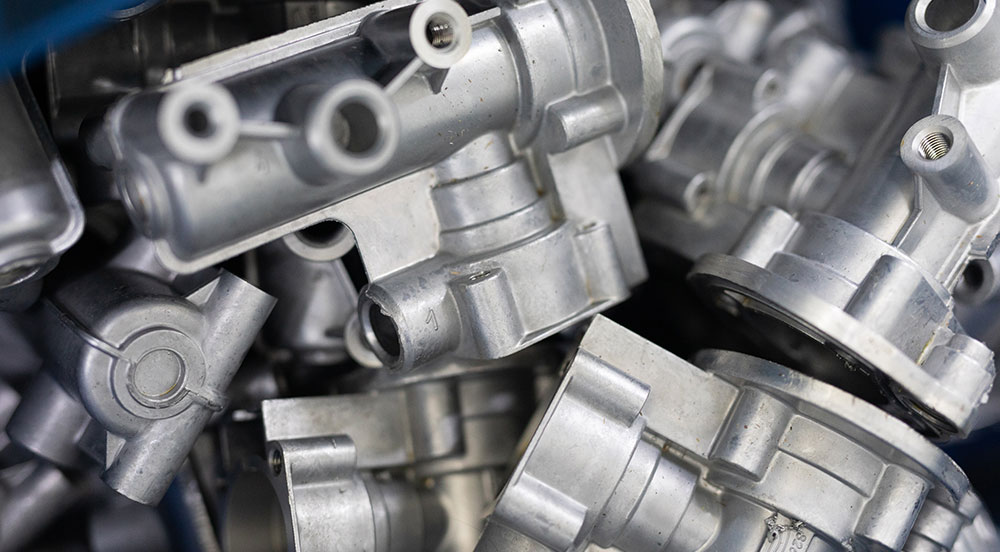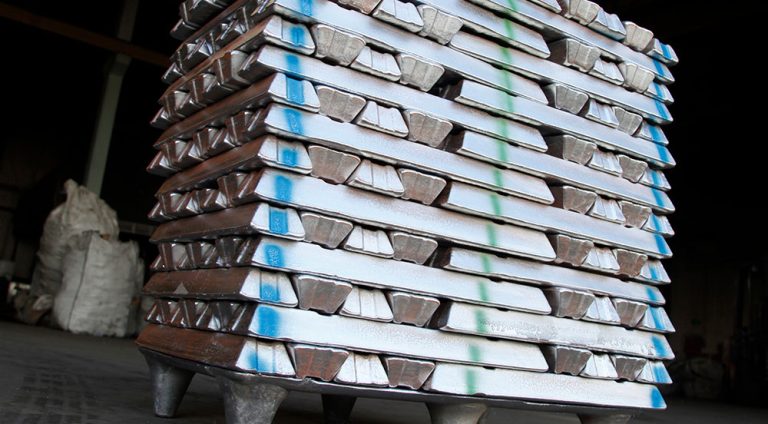If you’re looking for a cost-effective way to produce metal parts in high volumes, die casting could be ideal. It’s perfect for complex designs requiring precision and consistency while offering strength and high-quality finishes. Choose materials like aluminum, zinc, or magnesium based on your needs for strength and weight. Remember, it’s only efficient for larger runs due to initial tooling costs. To gain a deeper understanding of these benefits, keep exploring further.
Understanding Die Casting and Its Benefits
Die casting, although sometimes misunderstood, is a highly efficient manufacturing process that transforms molten metal into intricately shaped parts with remarkable precision.
You’ll appreciate its ability to produce consistent and high-quality components, which makes it ideal for mass production. The process allows for complex designs with tight tolerances, reducing the need for additional machining.
It’s cost-effective, especially for large quantities, due to its speed and minimal waste. Die casting also offers excellent surface finishes, so you can often skip additional finishing processes.
Its versatility means you can create parts for various industries, including automotive, aerospace, and consumer electronics, with ease.
Evaluating Material Compatibility
When considering die casting for your manufacturing needs, it’s essential to evaluate material compatibility to guarantee the success of your project.
Start by identifying materials that suit die casting, like aluminum, zinc, and magnesium. Each has unique properties, so match them to your product’s requirements.
Aluminum offers strength and corrosion resistance, while zinc provides precision and durability. Magnesium is lightweight and ideal for weight-sensitive applications.
Consider thermal conductivity, mechanical strength, and corrosion resistance of each material. Collaborate with your supplier to select the best option, ensuring your choice aligns with both design specifications and end-use demands.
Make informed decisions confidently.
Analyzing Production Volume and Cost Efficiency
How do you determine if die casting is cost-effective for your production needs?
Start by evaluating your production volume. Die casting is typically more economical for high-volume manufacturing because the initial tooling costs are high, but the per-unit cost decreases as volume increases.
Consider the lifecycle of your product. If you expect large orders, die casting might offer significant savings over time.
Additionally, compare the cost efficiency of die casting with alternative methods. Account for material waste, labor, and cycle time.
Assessing Design Complexity and Precision Needs
Can your design handle the intricacies required for die casting?
Die casting thrives on complex shapes and tight tolerances, offering exceptional precision. You need to assess if your design demands intricate details or high dimensional accuracy. If it does, die casting could be your best bet.
It excels with complex geometries that other methods struggle with. Think about wall thickness, draft angles, and undercuts. These features can be challenging, but die casting accommodates them well.
Consider if your design can benefit from the precision and repeatability die casting provides, ensuring each piece meets your exact specifications without compromise.
Considering Mechanical Properties and Performance Requirements
As you determine whether die casting suits your project’s design complexity and precision needs, it’s equally important to take into account the mechanical properties and performance requirements of the final product.
Die casting offers excellent strength, durability, and dimensional stability. You’ll find it ideal for parts needing high tensile strength and resistance to impact and wear.
However, remember that while die cast products excel in strength, they may not perform well under extreme temperatures. Evaluate the specific demands of your application.
If your product needs to endure harsh conditions or heavy loads, verify the chosen alloy and design meet those performance criteria.
Frequently Asked Questions
How Does Die Casting Compare to Other Manufacturing Methods in Terms of Environmental Impact?
You’d find die casting better regarding energy efficiency and waste reduction compared to some other methods.
It uses less material and energy, but recycling challenges and emissions can offset its environmental benefits if not managed properly.
What Are the Common Industries or Applications That Benefit Most From Die Casting?
You’ll find die casting particularly beneficial in the automotive, aerospace, and electronics industries.
It’s perfect for producing complex, high-volume components with tight tolerances.
Are There Specific Maintenance Requirements for Die Casting Machinery?
You’ve got to regularly check and lubricate moving parts of die casting machinery.
Inspect for wear and tear, guarantee proper cooling, and clean components thoroughly.
Don’t forget to replace worn parts to prevent unexpected downtime.
How Does Die Casting Affect the Recyclability of the Final Product?
You’d find die casting generally enhances recyclability since it uses metals like aluminum or zinc, which are easily recyclable.
Guarantee you separate components correctly to maintain the integrity of the recycled materials and maximize efficiency.
What Are the Potential Limitations or Drawbacks of Using Die Casting?
You might face limitations like high initial costs and design restrictions with die casting.
It’s not ideal for small production runs and can lead to porosity issues.
Consider these factors when deciding if it’s the right choice.
Conclusion
When considering die casting, focus on its benefits like high production efficiency and excellent dimensional accuracy. Ensure your chosen materials are compatible with this process. Evaluate if your production volume justifies die casting’s cost efficiency. Assess the complexity and precision of your design to see if die casting meets your needs. Lastly, consider if the mechanical properties and performance requirements align with the capabilities of die casting to determine if it’s the right choice for your project.




